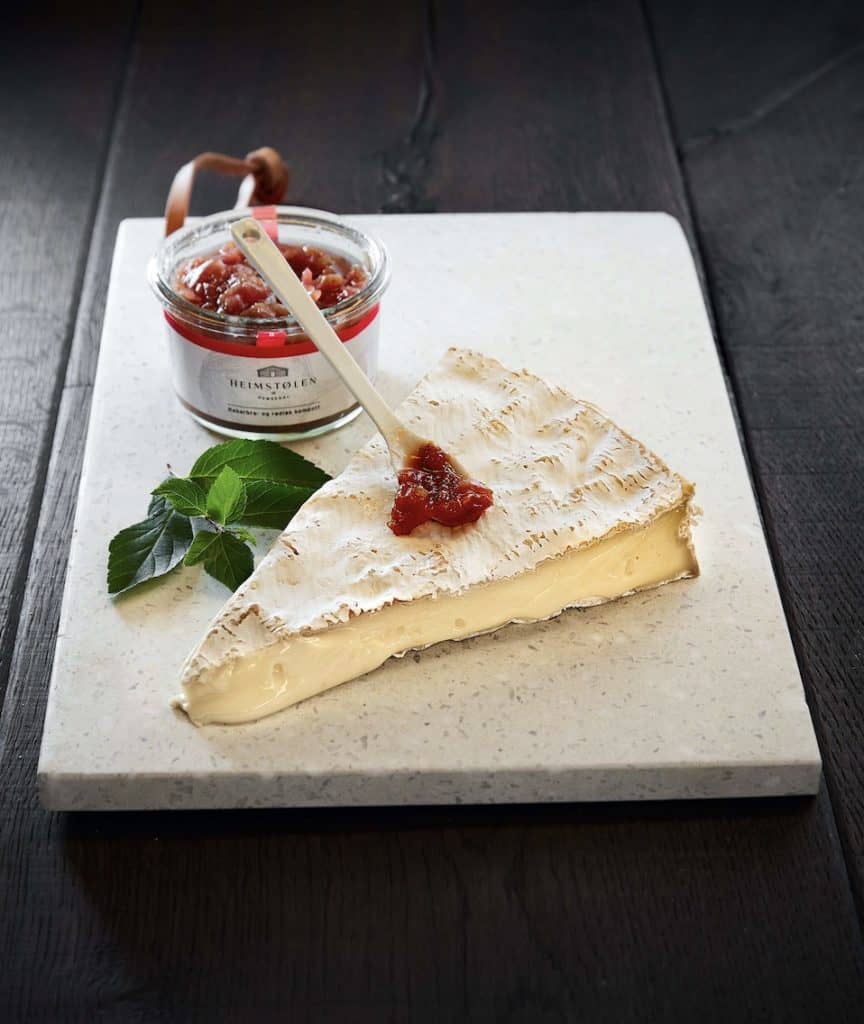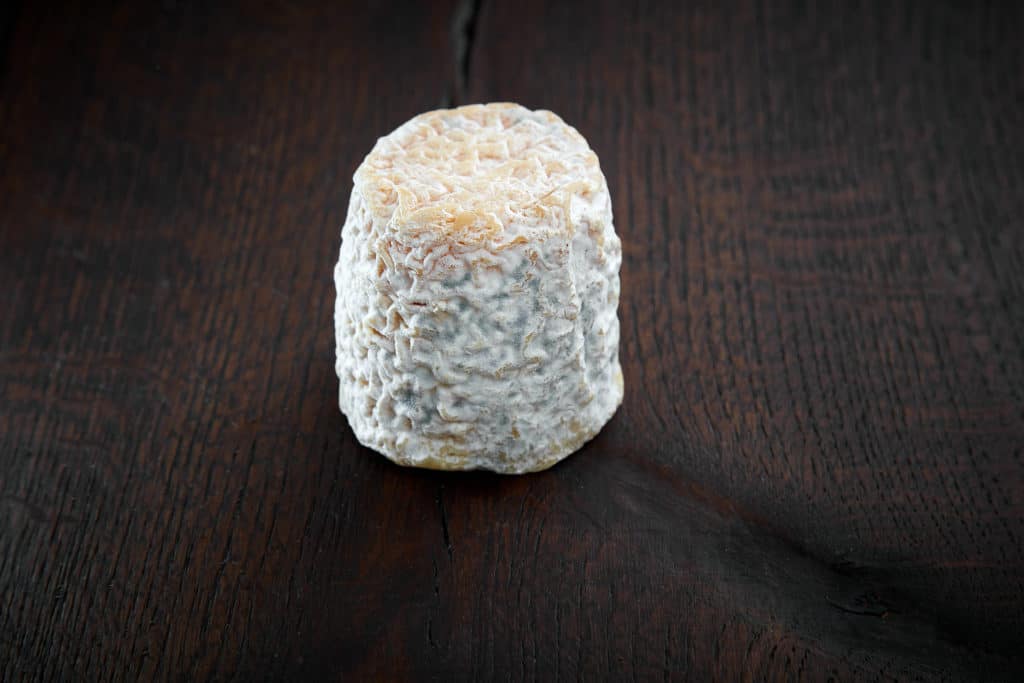
It’s definitely cheese for Easter. Some would say it’s all about chocolate, but for me it’s all about cheese, and a few other things like skiing and a 10 day-long-vacation. One of the benefits of living in Norway. Side effects. Most of all Easter is good food and good wines, and cheese is of course part of that. And, after all – a bit of chocolate.
An Easter cheese board suggestion
I am hitting off up into the Norwegian mountains for a few days early on, and these are the cheeses I will bring along. Not that many really, but more than enough to make a hedonistic cheese board. Bringing a few bottles of wine as well of course. You’ll get a hint of which types of wine if you read on.
Brie de Melun
Brie de Melun. I prefer this to the perhaps more famous and definitely bigger in volume and distribution, Brie de Meaux. That said, nothing wrong about Brie de Meaux, but Brie de Melun is made slightly different which is for the better in my opinion. And this difference is basically the time for acidification. 18 hours for Brie de Melun. Nothing near that for Brie de Meaux. This gives more volume to the flavours. From four to twelve weeks maturation. I prefer the variants belonging to the first half rather than the second, but then I live in Norway and the Norwegians generally prefer their bries well matured. That’s my fate then. It’s not optimal, for me anyway, but I can live with it. My palate seems to have a French influence there. For the record, these two bries are the only ones with a PDO, or AOP if you like since we are in France. Fun fact: if you know the fable The Fox and the Crow by Jean de la Fontaine based on Aesop’s fables, well he lived in Melun for a while, so the cheese the crow has in its mouth is a piece of Brie the Melun. It’s got to be true.
Chabichou du Poitou

The french have a saying that between Easter and All Saints’ Day there should be chèvre on the table. That’s a good habit. So on my Easter cheese board there will be a chèvre or two. They’re usually small so you can choose to have more than one variety. I had Chabichou de Poitou the other day and it was very pleasing so I will bring that. That’s from the Nouvelle Aquitaine region, that’ s how it has become, even the French are rationalising their regions into a few huge ones. Well Poitou is an area to look for if you’re going to visit where this cheese hails from. Does not influence the cheese though, the new regions I mean. Fermier made is best. A rich and “sweet” taste, goaty but with a fine acidity with balanced salt towards the end. Can it be any better? If you want a chèvre with ash as well, after all it’s easter, try a Valançay. That’s from further to the north east; Indre in the Loire.
Munster
I love Munster. It’s from Alsace in eastern France, this beautiful region that has been a shuttlecock between France and Germany for ages. Hopefully it has come to rest in France. Up in the Vosges (pronounced vosh) mountains and on the plains to the west of them they make the washed rind cheese Munster. Mine will definitely be from the farmstead maker and affineur Louis. You can try it with boiled potatoes, that’s the local custom, at least it was. In these modern, affluent times I do not know if they still bother to have potatoes with it. But it’s hearty food anyway, very much recommended. Wash it down with a local Riesling. Well, Alsace Riesling is not just another white wine, if you’re not familiar with it, then you have something to look forward to.
Comté
Finally, an alpine cheese. This year my firm Easter cheese will be Comté, 18 months from Marcel Petite. Somewhat further south from Alsace, Jura. While Alsace is bordering Germany, Jura is bordering Switzerland. The 18 moths variety has sufficient ageing while it is still young enough to retain its fruitiness. I think it is a marvellous cheese. Pair it with good bread, pain de campagne, a slice or two of Italian salami, and a white Jura wine. If you’re really doing it like the locals you pair it with Vin Jaune. If Fino sherry is not your thing, well then try a wonderful Jura chardonnay. The Vin Jaune is not a Fino, but the style is in that direction with flor and some oxidation.
Wine pairing
I’ve already given you some suggestions, but not for the Brie de Melun. Why not try a vintage Champagne, after all it is the neighbouring district. And if you just have to have som red wine with any of these cheeses let it be Pinot Noir or Gamay based reds. They usually have the fruit, and not all that much tannins unless you’re climbing the cru ladder which is not necessary, really. And just to have mentioned it, traditionally they had Gewürztraminer with Munster. I prefer Riesling, but you want to have a go, be picky. Some winemakers make better Gewürztraminer than others.
